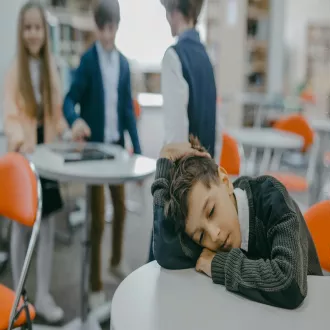Transcription Gender and gender bias: the influence of socialization in school
Gender Differences as a Social Construct
One of the areas of student diversity that has received the most attention is that of gender, where many of the observed differences between males and females are clearly linked to early socialization.
It is during childhood that children learn the sexual behaviors and roles that are considered appropriate for their gender within their culture.
Current research has very consistently shown that there are very few genetically based differences in thinking and abilities.
This means that the disparities we see in achievement and career choices are often not the result of innate abilities, but rather environmental influences.
Gender Bias and Its Impact on the School Environment
Despite the lack of significant genetic differences, gender bias in the classroom has clearly affected the choices and achievements of different students.
This bias is often It manifests itself through very subtle differences in teachers' behaviors toward male and female students.
Curriculum materials, which often contain stereotypes about gender roles, also contribute to reinforcing these preconceived ideas in children.
These influences, although sometimes unconscious, shape students' perceptions of their own abilities and the areas in which they can excel.
The Consequences of Bias on Academic Achievement
One of the most notable and studied consequences of this gender bias has been the gap that exists in the fields of mathematics and science.
Historically, it has been observed that women have been underrepresented in these areas, in part due to a lack of encouragement and cultural stereotypes.
Although it is encouraging to note that this gender gap in science and mathematics has been steadily decreasing in recent years.
This shows that changes in educational practices and greater awareness of bias can have a very positive impact on equal opportunities.
Towards an Education with Equity and Respect
It is of utmost importance that teaching in schools can identify and address gender bias in order to support all students equally.
Educators must strive to create a learning environment in which both boys and girls feel empowered to explore all areas of knowledge.
This involves not only reviewing curriculum materials to eliminate stereotypes, but also deeply reflecting on one's own teaching practices.
Ultimately, the goal is to ensure that every student, regardless of their gender, has the opportunity to develop their full potential in an environment that is fair and respectful.
gender and gender bias the influence of socialization in school




